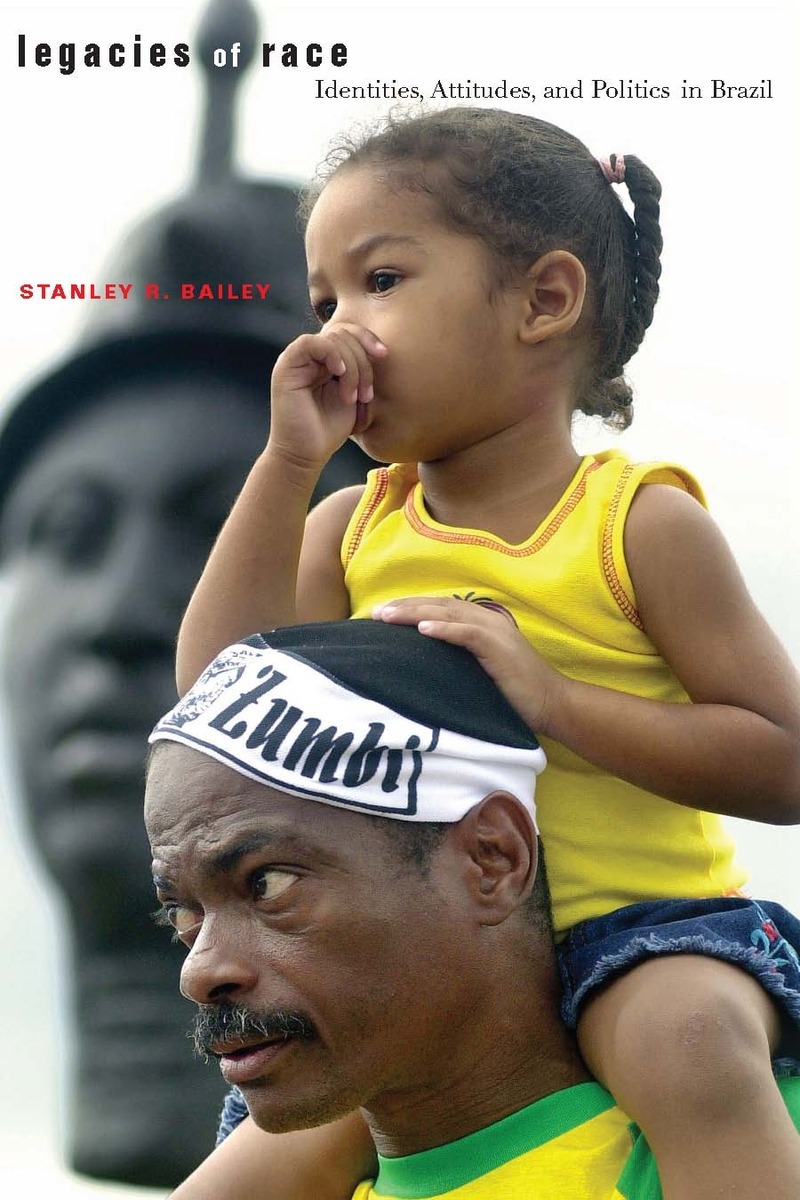The Geographical Imagination of Barack Obama: Representing Race and Space in AmericaPosted in Articles, Barack Obama, Media Archive, United States on 2009-09-02 19:02Z by Steven |
The Geographical Imagination of Barack Obama: Representing Race and Space in America
Southeastern Geographer
Volume 49, Number 3, Fall 2009
pages 221-239
E-ISSN: 1549-6929 Print ISSN: 0038-366X
DOI: 10.1353/sgo.0.0049
Robert J. Kruse, II
It has been noted that the geographical work on race and space has often overlooked the geographies of individual African-Americans. This paper adds to the literature on race and space by focusing upon Barack Obama, the 44th president of the United States. Unusual in many ways, Obama offers the opportunity to combine two types of analysis in this paper. First, his memoir, Dreams From My Father, is treated as a geographical text through which we may gain insight into his geographical imagination. Second, this paper discusses the spatialization of racial identities, particularly whiteness, that have informed the public’s impressions of Obama. Together, these discussions may help us to understand the point at which Barack Obama’s personal geographies intersect with larger racialized landscapes that show increasing hybridity and permeability.






